A Story of the United States Capital Building’s Dome
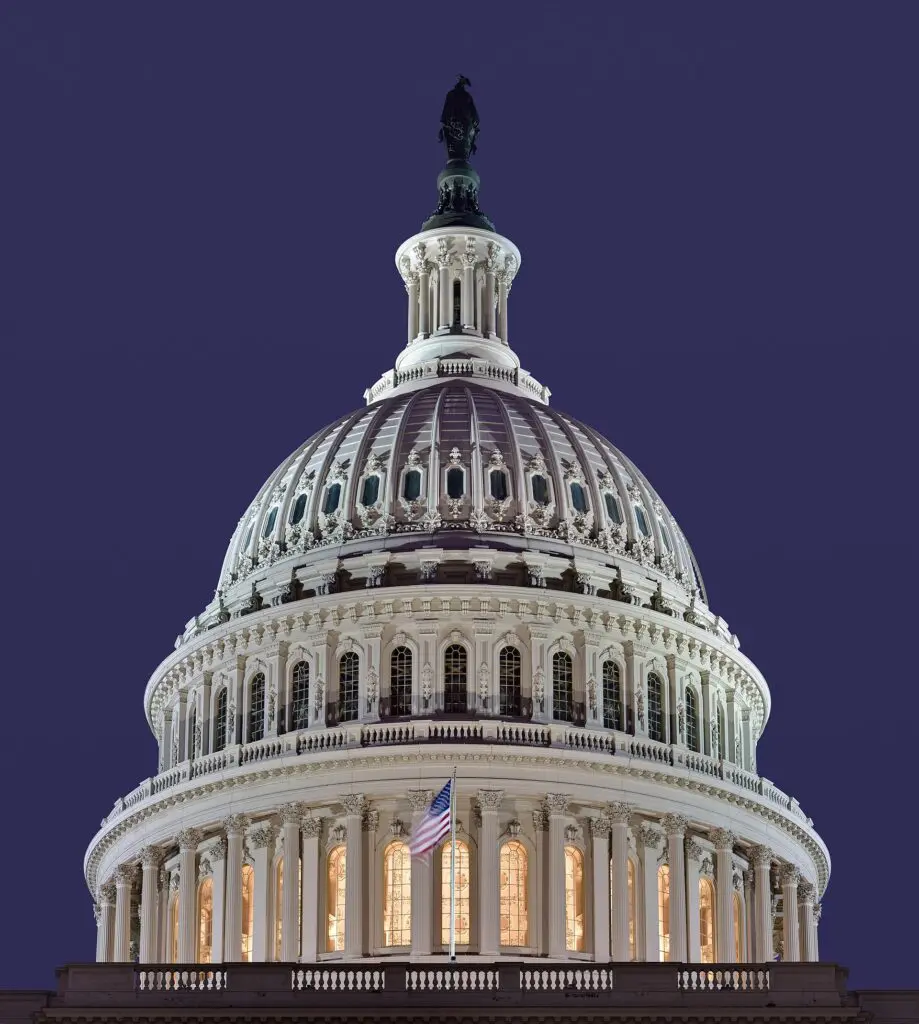
The United States Capitol Dome may well be the most famous man-made landmark in America. It is such a fitting finale for the building it crowns, so familiar and dignified. The story of how it came to be is amazing and far too detailed to convey in a 3-Minutes A Day University format. I will give a very condensed version to you below, but I’ll tell you now that this 12-minute video will reveal all you need to know. (And it is very well crafted.)
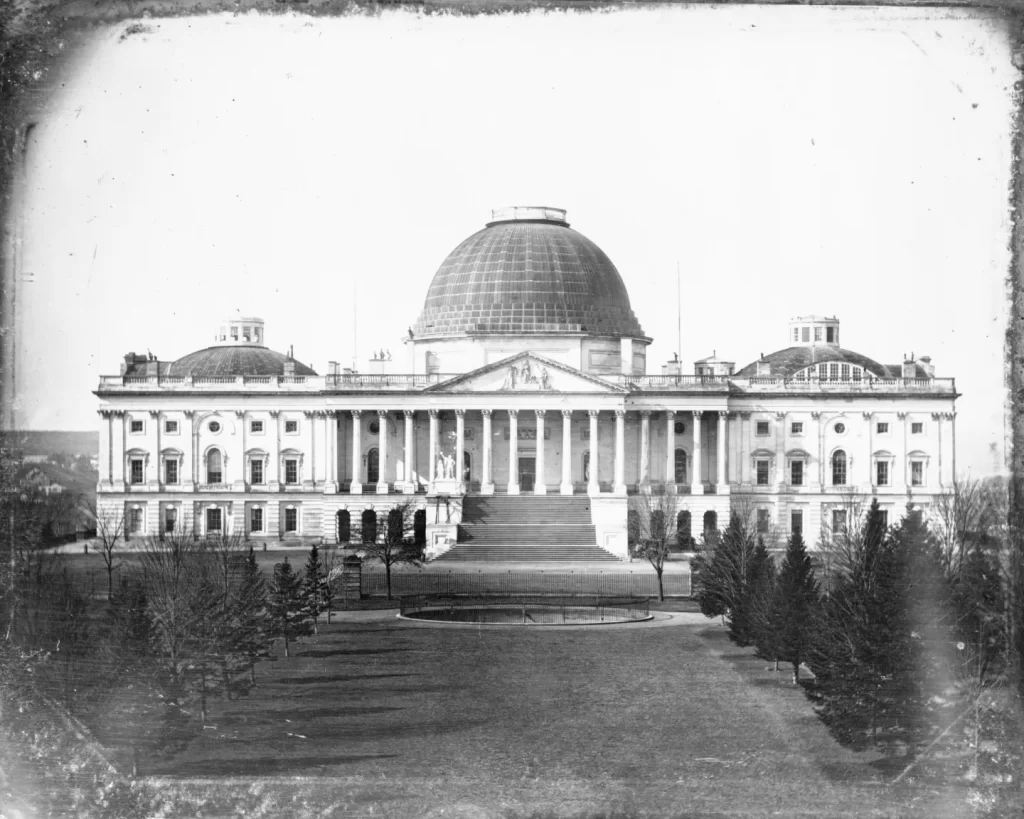
This image of “the Capitol, with its former copper-sheathed wooden dome, is the earliest surviving photograph of the building.” Taken by John Plumbe Jr. Image retrieved from the Library of Congress: https://www.loc.gov/item/2004664419/
In accordance with the “Residence Act” passed by Congress in 1790, President George Washington in 1791 selected the area that is now the District of Columbia from land ceded by Maryland. He also selected three commissioners to survey the site and oversee the design and construction of the capital city and its government buildings. The commissioners, in turn, hired the French engineer Pierre Charles L’Enfant to plan the new city of Washington. He located the Capitol at the elevated east end of the Mall, on the brow of what was then called Jenkins’ Hill. The site was, in L’Enfant’s words, “a pedestal waiting for a monument.” The original capital building was constructed beginning in 1793 and was completed in 1800. It was burned by the British on August 24, 1814, during the War of 1812. Rebuilding commenced in 1815 and continued until 1826. An expansion project began in 1850, and plans for a new dome were made.
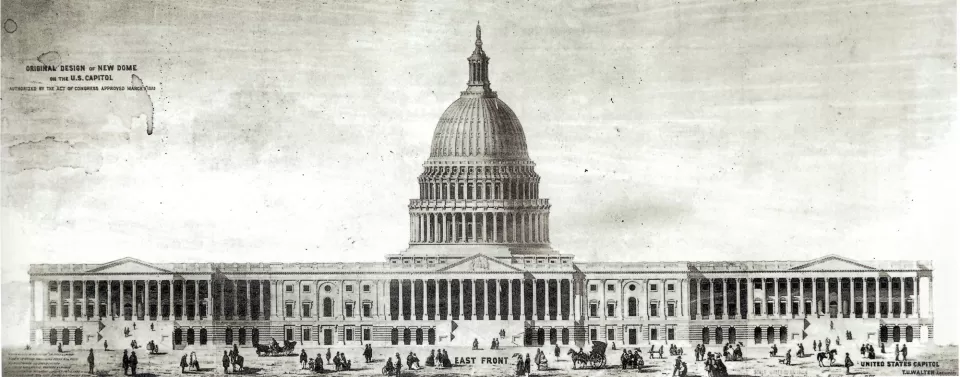
The structure of the Dome over the top of the U.S. Capital building consists of outer and inner dome sections. These domes were placed between 1856 and 1866. The first few years were devoted to installing the columns, pilasters, and brackets upon which the heavy cast iron domes would be placed. Work on the dome progressed at a rapid pace in 1857. Nearly all the columns of the peristyle were set on brackets embedded in 5,214,000 pounds of masonry built on top of the old Rotunda walls.
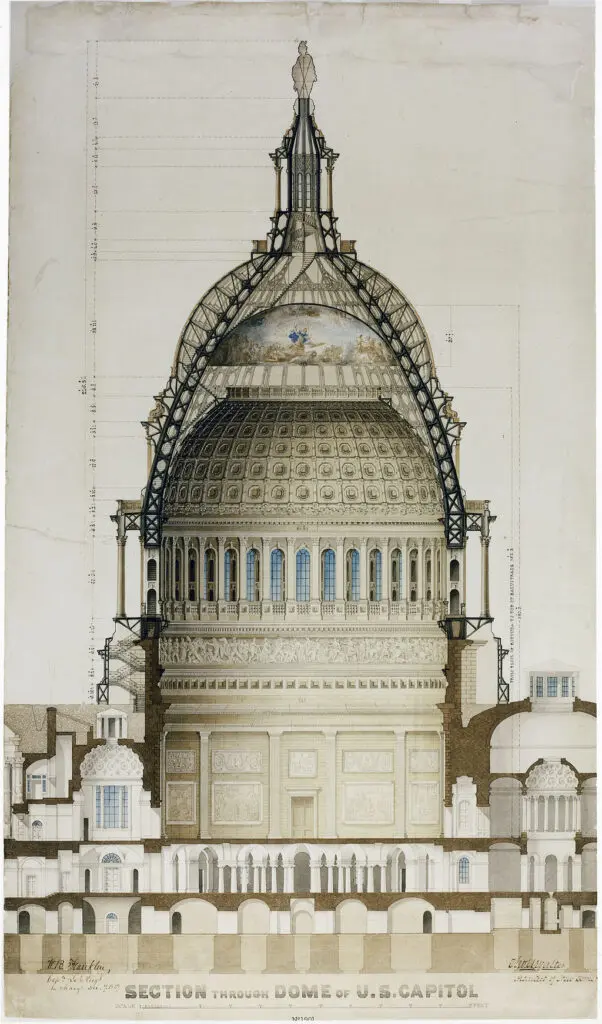
The previous wooden dome was removed in the fall of 1856. A temporary roof was installed over the Rotunda to protect it during the construction project. A wooden scaffold standing on the Rotunda floor passed through the eye of the temporary roof and held a boom and derrick that would lift, by steam-powered engines, the ironwork into place. The steam engines were fueled by wood salvaged from the old Capitol Dome.
The two domes were cast at the Janes, Fowler, Kirtland & Co. foundry in the Bronx, New York, and the individual components were shipped from New York to Washington by train. The foundry is long gone, of course, but today, one can find an athletic field complex where it once stood at Westchester Avenue, between Brook Avenue and St. Ann’s Avenue.
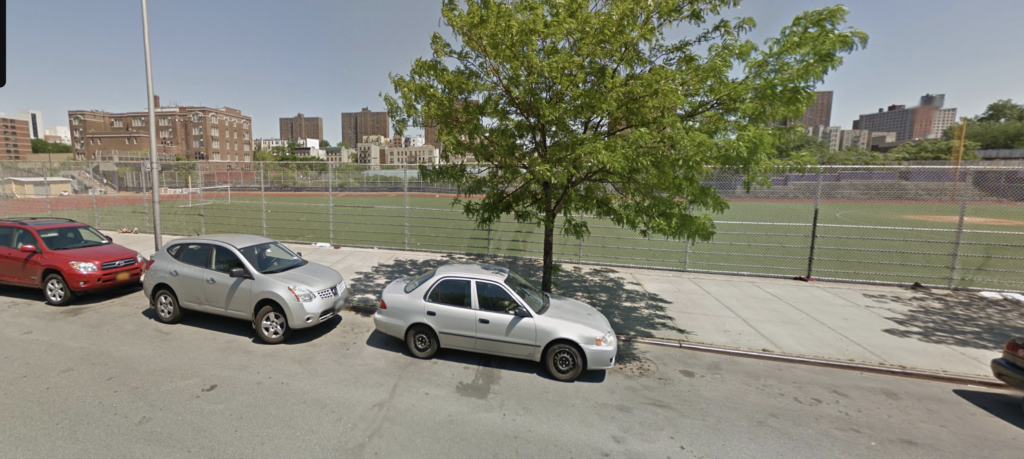
The dome was designed by Thomas U. Walter in 1854 after he visited several well-known similar structures throughout the world, including St. Paul’s Cathedral in London, the Pantheon in Paris, and the world’s first dome with an iron frame – Saint Isaac’s Cathedral in Saint Petersburg, Russia. The outer dome is not stone, but rather cast iron carefully painted to appear to be made of the same stone as the main capitol building.
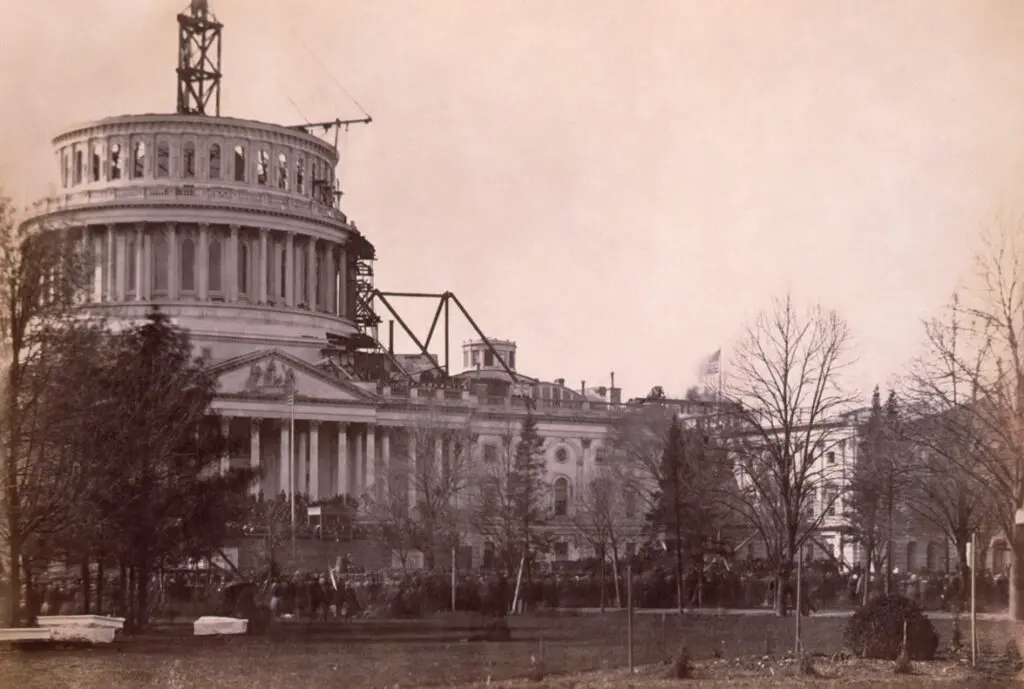
The photo above captures the status of construction on March 4, 1861, the day Abraham Lincoln was inaugurated. On December 2, 1863, the last section of the Statue of Freedom was placed on top of the dome amid a great celebration with military salutes. The interior of the dome was finished in January 1866, when the scaffolding was removed from below Constantino Brumidi’s great fresco, the Apotheosis of Washington, 180 feet above the Rotunda floor.
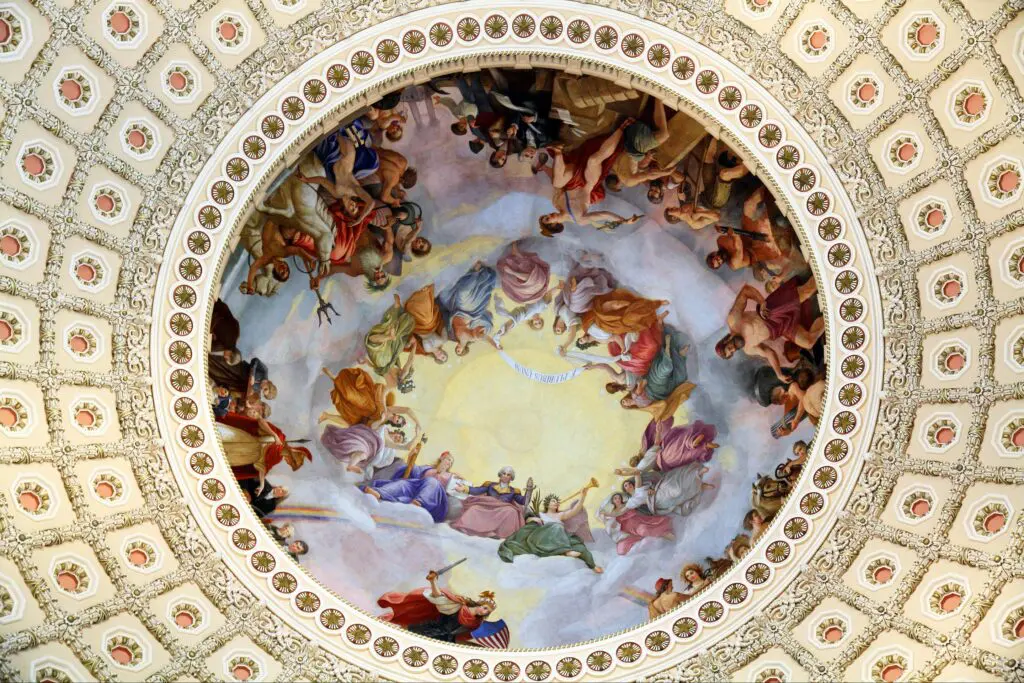
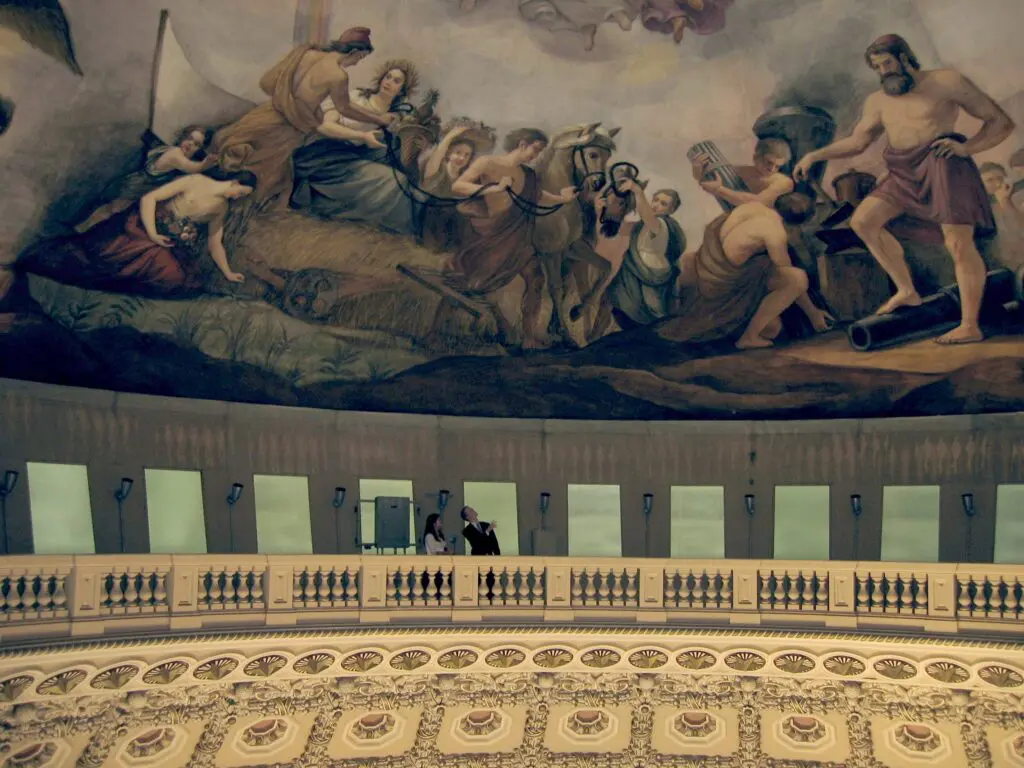
Some 8,909,200 pounds of iron were ultimately used in the construction, which lasted virtually 11 years. The Janes, Fowler, Kirtland & Co. charged the government .07¢ per pound for the cast iron, and that included shipping and installation. Inside, the interior dome rises to 180 feet over the rotunda floor, and outside, the exterior dome ascends to 288 feet, including the height of the Statue of Freedom. The total cost of the dome was valued at $1,047,291 (equivalent to $17.1 million in 2023). The inside iron dome is painted to appear as though it was carved out of stone.
In 2015, parts of the exterior dome needed to be replaced. A West Jordon, Utah firm was called in to handle the task. From a news report of the time: “The West Jordan foundry will re-use the original metal when possible and the pieces will be recreated as exact replicas of the originals. Brown said 12 layers of paint must be removed from the pieces before they can be molded.”
“The Historical Arts and Casting foundry will recreate 24 outside gutters, six to 12 inside gutters, a balustrade and just under 100 decorative pieces, Abriatis said. The foundry is expected to be done with their cast-iron restorative work by the end of 2015 and Abriatis said the total exterior work on the dome is now halfway complete.”
“In the foundry, artisans take the original cast-iron piece and make a rubber mold of it. Then they use that mold to create a pattern of the piece, Brown said. Once they have a pattern, they use it to make another mold using a specialized sand that hardens and creates an impression of the piece. Molten cast iron, heated above 2,500 degrees, is then poured into the impression, creating a replica of the original. The rubber molds can be reused many times, but the sand molds can only be used once, Brown said.”
“Because cast iron shrinks an ⅛ of an inch per foot after it cools, the molds have to be created a little larger than the original piece so the new piece will end up the same size as the original, Brown said.”
“It’s marrying old craftsmanship with new technology,” he said. “Preservation is not an exact science.”
“Cast iron is a very heavy material, on average weighing 450 pounds a cubic foot, and the gutters each weigh over 350 pounds, Brown said.”
“After the pieces are complete, they will be treated with an anti-rust primer before they are painted dome white and shipped back to the capitol building, where they are reinstalled.”
The dome, with the help of companies like Historical Arts and Casting, is standing the test of time. It has been there now for almost 160 years. We hope it will last for centuries.

Welcome to 3-Minutes A Day University, where you can learn a little about a lot of things every day in three minutes or less. We help you expand your knowledge and understanding of the real world, and 3-MAD University is tuition-free. Our wide-ranging syllabus includes a fascinating insight into topics including Health and Medicine, Science, Sports, Geography, History, Culinary Arts, Finance and the Economy, Music and Entertainment, and dozens more. You will impress yourself, your friends, and your family with how easy it is to learn facts and perspectives about the world around you. One topic you will never find covered is politics. We hope you enjoyed the previous three minutes. If you liked this post, please pass it along to a friend.
Was this email forwarded to you? Subscribe Here.
© Copyright 2024. 3-Minutes A Day University All Rights Reserved. Unsubscribe

